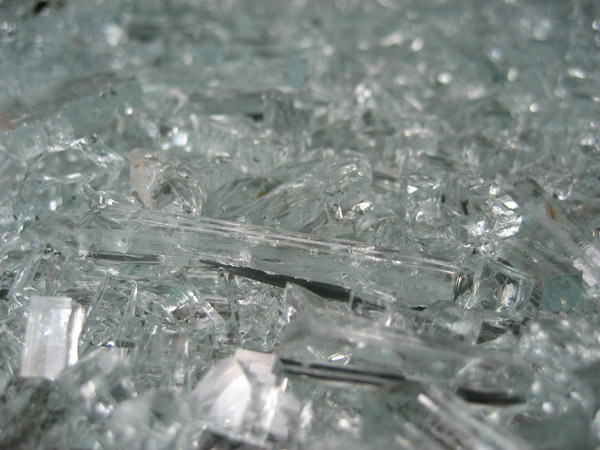Transforming flat glass recycling – towards a circular value network
One of the greatest global challenges today is the growing scarcity of critical materials, such as rare earth elements, while virgin resources are still extracted at an alarming rate. These practices impact both the environment and climate. To remain within planetary boundaries, the transition to circular material flows must accelerate significantly.
Since 2022, the Trace4Value project has been addressing this challenge by creating a circular value network for flat glass. Seven partners are working together to innovate beyond traditional waste management models and improve recycling efficiency.
The role of digitalization
Digitalization is crucial in making circular flows transparent and efficient.
– By collecting and sharing data on material flows, we unlock new opportunities to track and ensure the quality of resources, making recycling and reuse far more efficient. Here, the concept of ‘digital twins’ plays a central role, explains Karin Wannerberg, project manager at Ragn-Sells and sub-project leader within Trace4Value.
Closing the loop on flat glass
Flat glass, a key material in the construction sector, presents unique challenges. The aim is to recycle this material without downgrading its quality, ensuring its reuse in new construction projects rather than for lower-value products such as bottles or insulation. Innovations in optical sorting and quality control make this possible. To achieve these outcomes, the project maps the entire lifecycle of flat glass, from deconstruction to recycling. This ensures traceability and alignment with industry standards, supported by robust data collection and quality assurance systems.
A unified digital language
Central to the project is the development of a shared digital infrastructure. This includes a universal data ontology to enable seamless information sharing and semantic interoperability across all stakeholders. Digital twins provide detailed insights into material flows, making it possible to analyze and track resources from origin to reuse.
A future-oriented goal
The project’s ultimate ambition is to establish a digital product passport. This innovation will provide transparency about a product’s lifecycle, helping stakeholders to optimize reuse and recycling. The initiative not only aims to transform the flat glass recycling process but also sets a benchmark for building a more sustainable construction industry.
